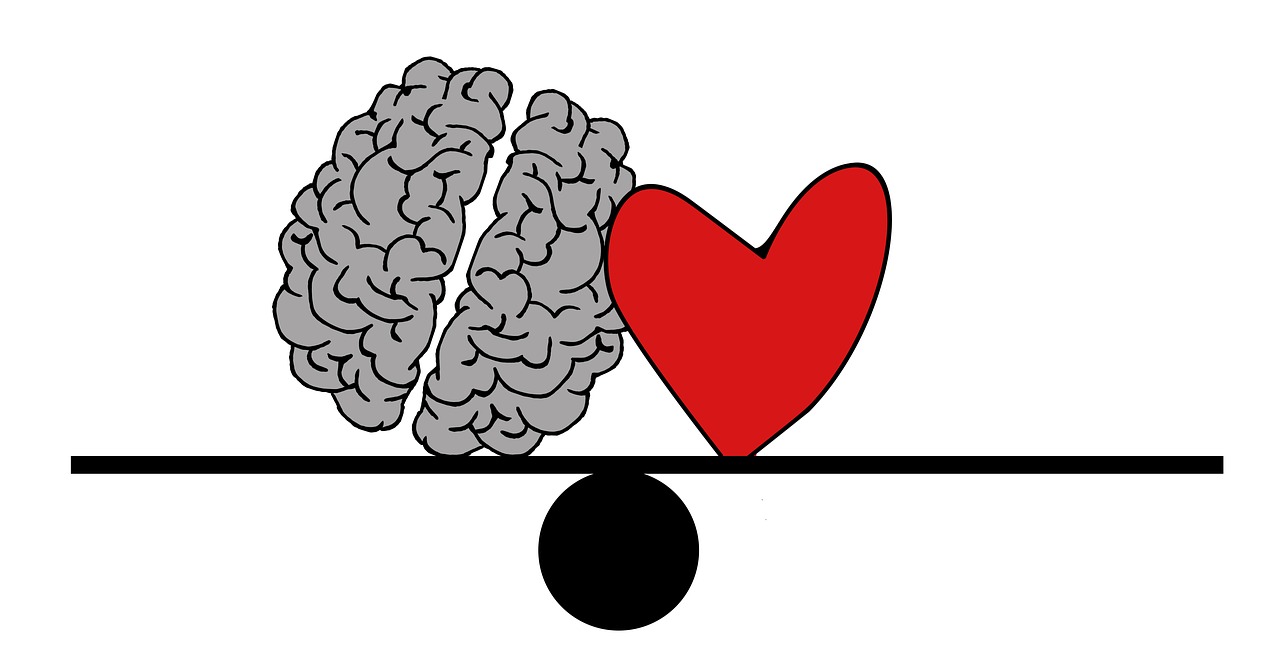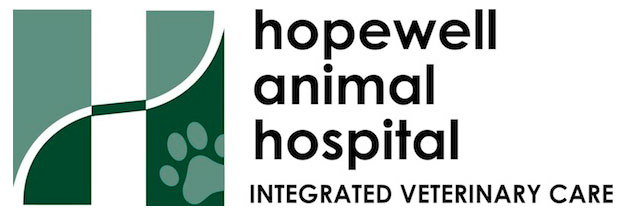
In previous posts we have looked at determining quality of life (QoL) and improving quality of life, in this post we will examine some of the emotional issues surrounding quality of life and decisions about euthanasia. Sometimes we are able to determine a pet’s quality of life with measurable statistics such as different scales and assessment tools, other times we can determine the QoL by studying objective data such as radiographs or laboratory testing, but more often we are faced with a “what do I do” decision. These choices can, and should be, very difficult. We are discussing ending the life of someone that you love and have many shared memories with. None of us relish the idea of making a decision about euthanasia, we are programed from an early age by society that these types of decisions are not ours to make. Who are we to make these decisions? What if I make the wrong choice, is it too early, is it too late? Often we can be faced with family and friends who don’t see the situation as we do or can’t feel your pain as you struggle with the decision. In her book The Dead Girl’s Dance, Rachel Caine writes “I am sorry my decisions do not meet with your approval, but nevertheless, they are mine, and the consequences are also mine.” This is a great response to those who are trying to “nudge” you in the “right” direction. People will freely give advice or an opinion on your pet’s condition but it is you who is responsible to make the choice, it is you who chose to care for this pet so many years ago, and it is you who knows this pet the best.
From a spiritual prospective, we often call upon our higher power to help us make the decision, we meditate on the choices and the possible outcomes of those choices and we agonize over the decision. In the end, our own morals and values will guide our choices and we should rely on our foundation principles to help us with this choice. In many cases, we will counsel a client that you will know when it is time. For those that have never made a decision concerning euthanasia that can be a terribly cold, unhelpful and unsatisfying answer. And it is, it is designed to be. The decision can only be yours, not ours, not your friends, not your clergy, but yours and yours alone. If we allow other people to make this decision for us, we give up our responsibility, we lose control and we have someone else to blame. It is important to make these hard choices for ourselves so that we own the decision, we all learn from our past decisions and each choice leads us to another choice. The world is full of infinite choices.
Often times our pets will tell us when they are ready to go. You can look them in the eyes and see that the light within them is growing very dim, their face has a droop to it and they just don’t seem to be there any more. In those cases your instinct can take over, when you listen to that inner voice and put all the available information together you know what to do. We say to our clients, you will know when it is time, if you are aware and present in the moment and examine your own heart, you really will know when it is time to let go.
Saying good bye is never easy, but it is even harder to hang on and see a loved one suffer.
In the next part we will examine the process of euthanasia and the options concerning the care of the body.
